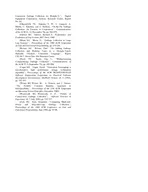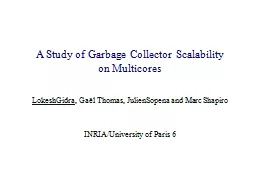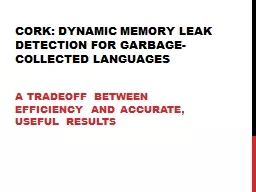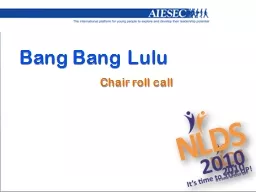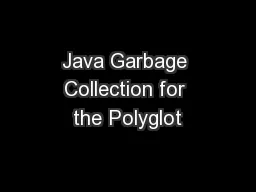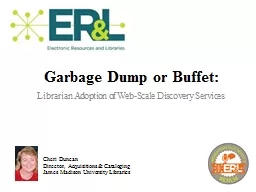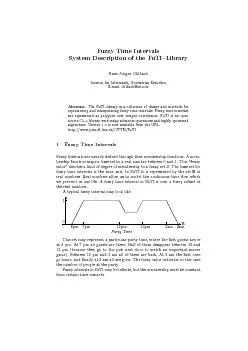PDF-Mostly Parallel Garbage Collection HansJ
Author : test | Published Date : 2014-10-18
Boehm Alan J Demers Scott Shenker Xerox PARC Abstract We present a method for adapting garbage collectors designed to run sequentially with the client so that they
Presentation Embed Code
Download Presentation
Download Presentation The PPT/PDF document "Mostly Parallel Garbage Collection HansJ" is the property of its rightful owner. Permission is granted to download and print the materials on this website for personal, non-commercial use only, and to display it on your personal computer provided you do not modify the materials and that you retain all copyright notices contained in the materials. By downloading content from our website, you accept the terms of this agreement.
Mostly Parallel Garbage Collection HansJ: Transcript
Download Rules Of Document
"Mostly Parallel Garbage Collection HansJ"The content belongs to its owner. You may download and print it for personal use, without modification, and keep all copyright notices. By downloading, you agree to these terms.
Related Documents

